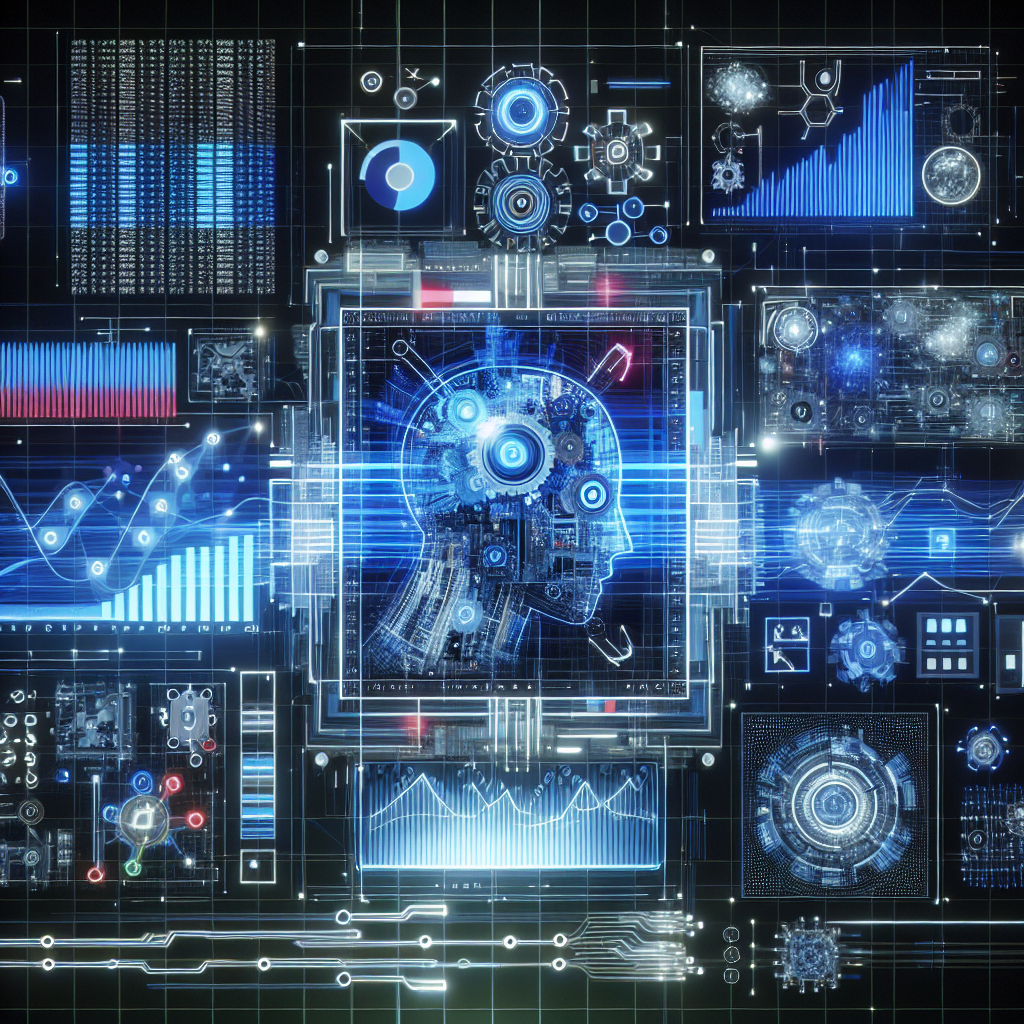In recent years, artificial intelligence (AI) software has become a powerful tool for predicting economic trends. By analyzing vast amounts of data and identifying patterns, AI can help economists and policymakers make more informed decisions about the future of the economy. This article will explore how AI software is being used to predict economic trends, the benefits and limitations of this technology, and some frequently asked questions about AI in economics.
One of the key ways that AI software is being used to predict economic trends is through the use of machine learning algorithms. These algorithms can analyze large datasets of economic indicators, such as GDP growth, unemployment rates, and consumer spending, to identify patterns and relationships that are not immediately apparent to human analysts. By training these algorithms on historical data, they can make predictions about future economic trends with a high degree of accuracy.
For example, AI software can be used to predict stock market movements by analyzing patterns in trading data and news articles. By identifying correlations between certain events and changes in stock prices, AI algorithms can help investors make more informed decisions about when to buy or sell their assets. Similarly, AI can be used to forecast changes in interest rates by analyzing data on inflation, unemployment, and other economic indicators.
Another way that AI software is being used to predict economic trends is through the analysis of alternative data sources. In addition to traditional economic indicators, such as government reports and financial statements, AI algorithms can also analyze non-traditional sources of data, such as social media posts, satellite images, and even satellite images, to gain insights into economic trends.
For example, AI software can analyze social media posts to gauge consumer sentiment about a particular product or brand. By tracking mentions of a company or product on social media platforms, AI algorithms can identify trends in consumer attitudes and preferences that may impact sales and revenue. Similarly, AI can analyze satellite images of shipping ports to track changes in trade volumes and predict changes in economic activity.
The benefits of using AI software to predict economic trends are numerous. By leveraging the power of machine learning algorithms, economists and policymakers can make more accurate forecasts about the future of the economy. This can help governments and businesses make better decisions about investments, hiring, and other economic activities. Additionally, AI can help identify emerging trends and potential risks that may not be immediately apparent to human analysts.
However, there are also limitations to using AI software to predict economic trends. One of the main challenges is the inherent complexity of economic systems, which can make it difficult to accurately model and predict future outcomes. Additionally, AI algorithms are only as good as the data they are trained on, so there is a risk of bias or error if the training data is incomplete or inaccurate.
Furthermore, there are ethical considerations to take into account when using AI software in economics. For example, there may be concerns about the privacy of individuals whose data is being analyzed, or about the potential for algorithms to reinforce existing inequalities in society. It is important for economists and policymakers to consider these issues when developing and implementing AI tools for predicting economic trends.
In conclusion, AI software is a powerful tool for predicting economic trends. By analyzing vast amounts of data and identifying patterns, AI algorithms can help economists and policymakers make more informed decisions about the future of the economy. While there are limitations and ethical considerations to take into account, the benefits of using AI in economics are clear. As this technology continues to evolve, we can expect to see even more sophisticated and accurate predictions about the future of the economy.
FAQs:
Q: How accurate are AI predictions of economic trends?
A: The accuracy of AI predictions of economic trends can vary depending on the quality of the data and the complexity of the economic system being analyzed. In general, AI algorithms can make more accurate predictions than traditional forecasting methods, but there is always a margin of error to consider.
Q: How can AI software help businesses make better decisions?
A: AI software can help businesses make better decisions by analyzing data on consumer preferences, market trends, and other economic indicators. By identifying patterns and trends in the data, AI algorithms can help businesses anticipate changes in the market and adjust their strategies accordingly.
Q: What are some of the ethical considerations to take into account when using AI in economics?
A: Some of the ethical considerations to take into account when using AI in economics include concerns about privacy, bias, and inequality. It is important for economists and policymakers to consider these issues when developing and implementing AI tools for predicting economic trends.
Q: What are some of the limitations of using AI software to predict economic trends?
A: Some of the limitations of using AI software to predict economic trends include the complexity of economic systems, the risk of bias or error in the training data, and ethical considerations. Additionally, AI algorithms may struggle to accurately model and predict future outcomes in highly complex and unpredictable economic environments.

